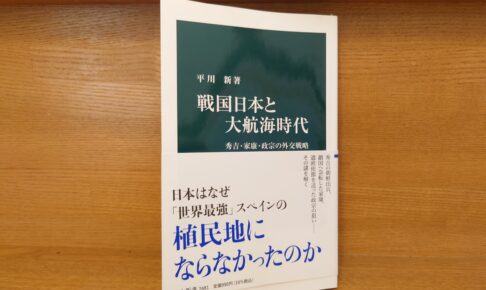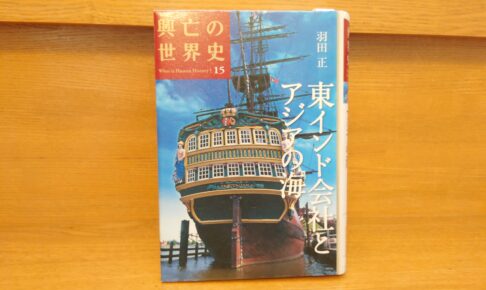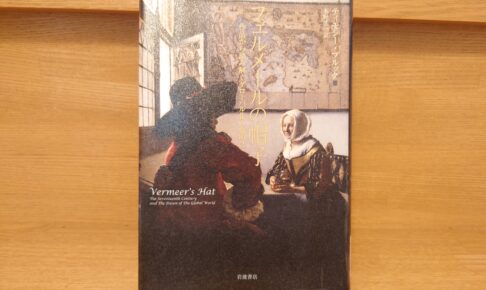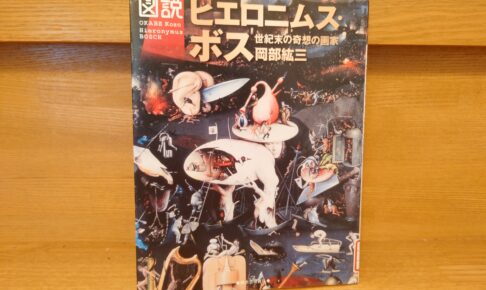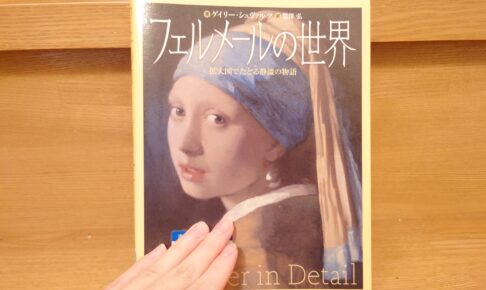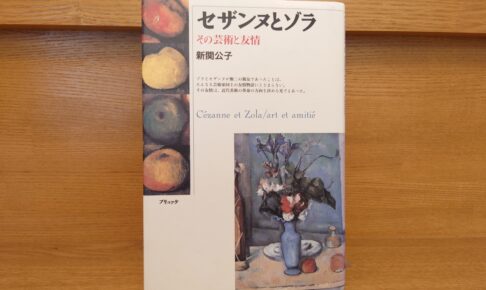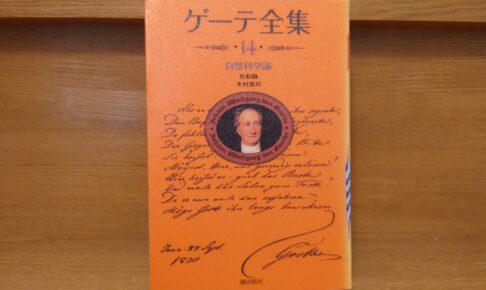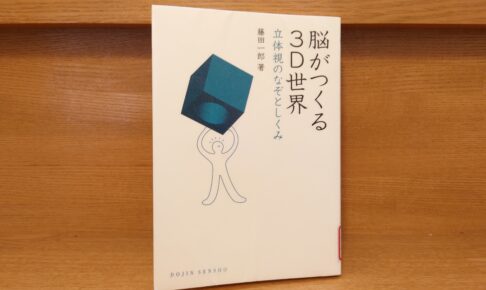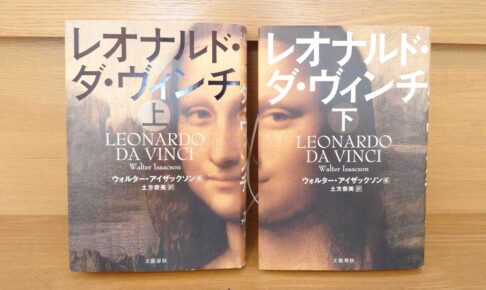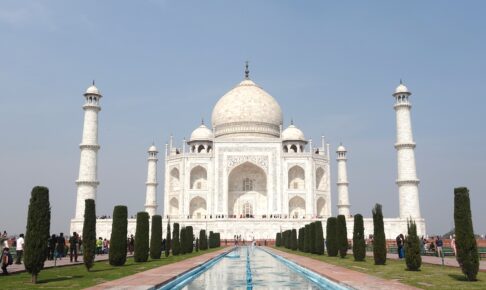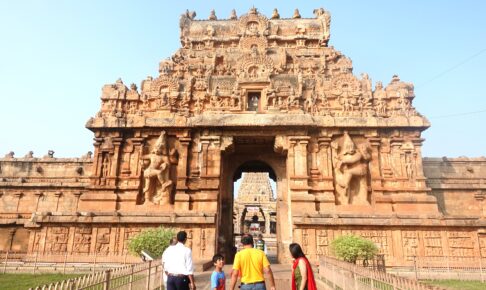Arata Hirakawa, "Warring States Japan and the Age of Exploration" - Why Japan did not become a colony of Portugal or the Anglo-Dutch East India Company
In the 16th and 17th centuries, England and the Netherlands were newly emerging while Spain and Portugal were dominating the seas of America and Asia.
There is no way that these four powers did not have their sights set on Japan. While Asian countries were being dominated by them one after another, somehow Japan was the only country that did not succumb to them. How was this possible? That is what this book tells us. To be honest, I was very surprised when I read this book. It changed my view of Japan.












